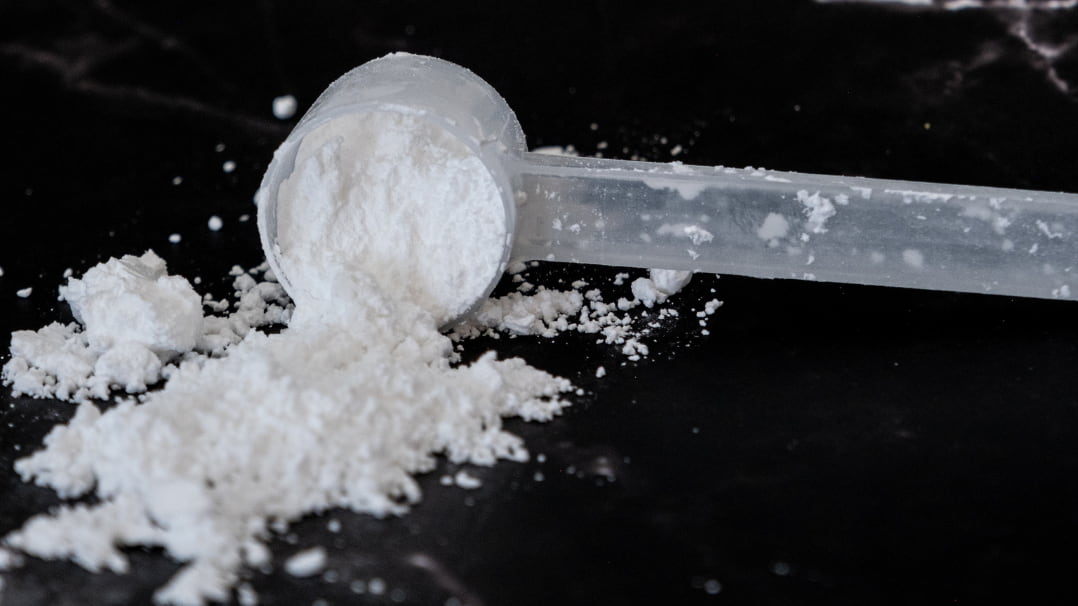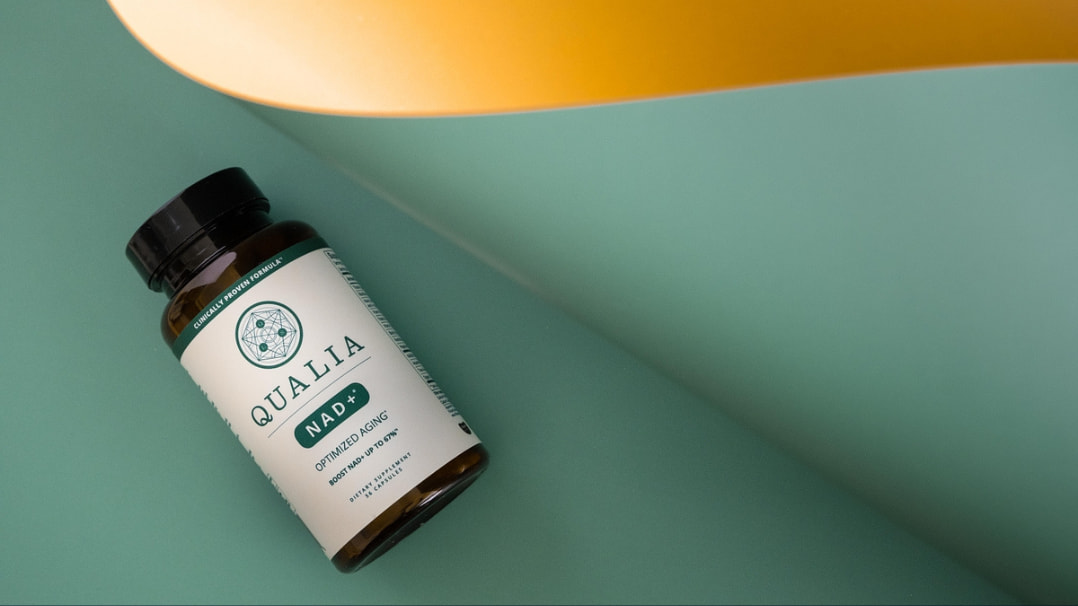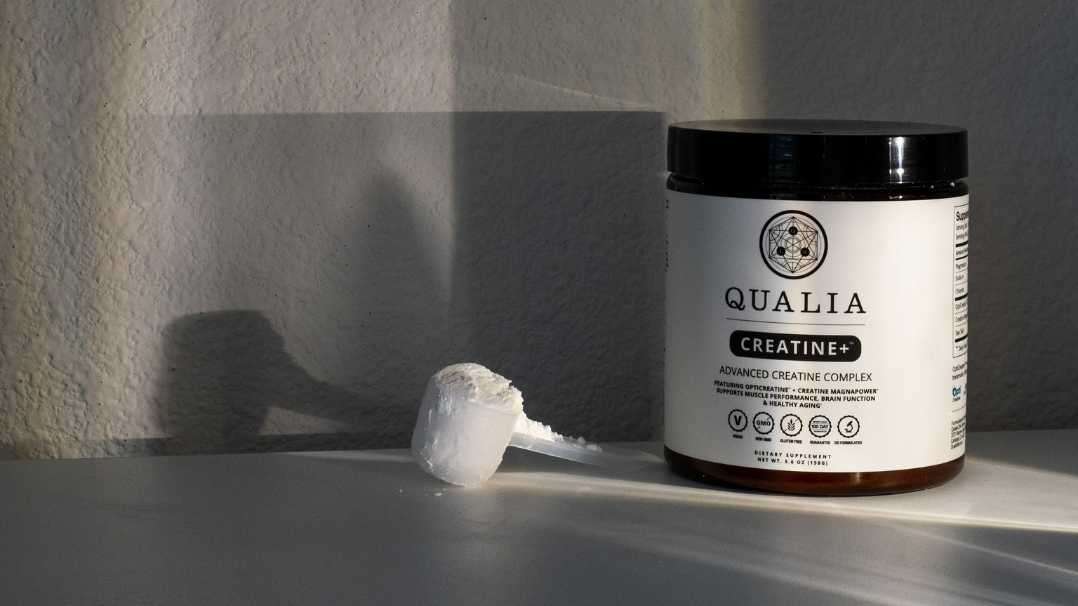Humanistic Psychologist, Scott Barry Kaufman, joins us to discuss what it looks like to become the best version of ourselves, even in the challenging times we’re experiencing amidst the COVID-19 pandemic. He reveals that if we access our full potential, we not only are deeply filled with creativity, purpose and fulfillment, but we also are deeply connected to one another. He offers practical tips you can do today to advance your journey on the path to self-actualization.




























